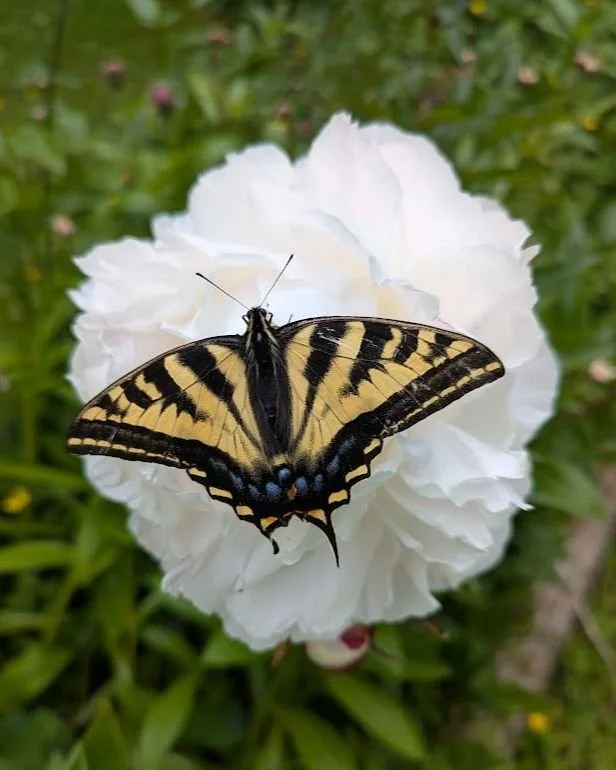New Year's Greetings
/Dear sangha friends,
We hope your holiday season was nourishing, with time for quiet reflection, as well as good food, and good company. In these challenging times we need to make space and time for renewal, and the turning of the season from darkness to light is a good time for that.
We were grateful to be able to ring in the New Year at the zendo for the first time since 2019, joined by both the in-person and Zoom sangha. As we enter this year, what better practices could we affirm and strengthen than wisdom and compassion, the two wings of our practice. Without both in balance we do not have the freedom to respond to the world around us with open, supple mind and warm heart. Michael's calligraphy for the New Year (above) shows the characters for compassion (jihi in Japanese) and the Zen enso, expressing the wisdom of boundless interconnection and impermanence. You can download a PDF to print: click here.
There are some important changes in store this year for our practice community. Please see the posting below about our new sesshin/retreat venue, Brew Creek Centre. Stay tuned for more developments in the weeks and months to come.
We want to thank you for your support of Mountain Rain this past year and for your practice--it makes a difference to you and to all beings.
With warm bows and wishes for peace, joy, and well-being in 2023,
Myoshin Kate and Shinmon Michael









